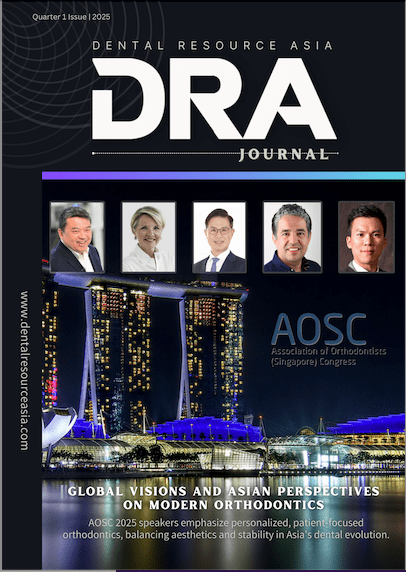Key Takeaways:
- A study from the University of Gothenburg reveals that single-tooth dental implants remain functional after nearly 40 years.
- The research is the longest follow-up study of its kind, involving patients treated between 1982 and 1985.
- While implants stayed intact, crowns required replacement over time, often for aesthetic reasons.
- Researchers emphasize the importance of long-term evaluations for modern implant techniques.
Study Confirms Longevity of Dental Implants
A recent study conducted by researchers at the University of Gothenburg in Sweden has demonstrated that single-tooth dental implants remain fully functional even after nearly four decades. Published in Clinical Implant Dentistry and Related Research, the findings provide valuable insights into the durability of titanium-based implants, which were pioneered by Professor Per-Ingvar Brånemark. His groundbreaking work on osseointegration—how bone integrates with titanium—has been foundational to modern implant dentistry.
The study followed a small cohort of patients who received single implants to replace missing teeth between 1982 and 1985. Of the original 16 participants, 13 returned for a follow-up examination conducted at the Brånemark Clinic, Public Dental Service Västra Götaland. These 13 patients had a total of 18 implants, all of which were still in place and functioning effectively after 38–40 years.
“It is impressive that the single implants function so well after such a long time,” said Sargon Barkarmo, prosthodontist and senior lecturer at the University of Gothenburg. “Even though the study included a small number of patients, the results show that the implants remain in place and that the bone loss around them is virtually unchanged after forty years. This confirms that the foundation Brånemark established still holds.”
Crowns Show Shorter Lifespan Compared to Implants
While the implants themselves demonstrated remarkable longevity, the same could not be said for the crowns attached to them. At the forty-year mark, only about 60 percent of the original crowns remained. Many had been replaced one or more times, primarily for aesthetic reasons rather than structural failures.
“The study shows that the crowns were mostly replaced for aesthetic reasons rather than technical failures,” explained Jan Kowar, prosthodontist and senior lecturer at the University of Gothenburg, and co-author of the study. “In the future, implant treatments could be further improved with the development of new crown materials.”
This distinction underscores the need for ongoing advancements in materials used for prosthetic components, ensuring they match the durability of the implants themselves.
Implications for Modern Implant Techniques
The study also highlights the effectiveness of older implant systems, which have since been discontinued due to the rapid introduction of newer technologies. Despite their proven success over decades, these systems are no longer available on the market.
“Today, methods that accelerate treatment and healing are commonly used,” noted Barkarmo. “These approaches also need long-term follow-ups and careful evaluation to ensure equally good results over time.”
The researchers emphasize that while modern techniques aim to shorten treatment timelines, they must undergo rigorous testing to confirm their long-term reliability. The study’s findings suggest that well-planned surgical techniques and adequate healing periods are critical to achieving optimal outcomes.
Conclusion: A Foundation for Future Innovations
This long-term study provides compelling evidence of the enduring functionality of dental implants when placed using proven methodologies. It also points to areas for improvement, particularly in crown materials and the evaluation of contemporary implant systems.
As the field of implant dentistry continues to evolve, the lessons drawn from this research will undoubtedly inform future innovations. For now, the study reaffirms the lasting impact of Brånemark’s pioneering work and sets a benchmark for evaluating the longevity of dental solutions.
For more details, readers can refer to the original article published on ScienceDaily.
The information and viewpoints presented in the above news piece or article do not necessarily reflect the official stance or policy of Dental Resource Asia or the DRA Journal. While we strive to ensure the accuracy of our content, Dental Resource Asia (DRA) or DRA Journal cannot guarantee the constant correctness, comprehensiveness, or timeliness of all the information contained within this website or journal.
Please be aware that all product details, product specifications, and data on this website or journal may be modified without prior notice in order to enhance reliability, functionality, design, or for other reasons.
The content contributed by our bloggers or authors represents their personal opinions and is not intended to defame or discredit any religion, ethnic group, club, organisation, company, individual, or any entity or individual.

